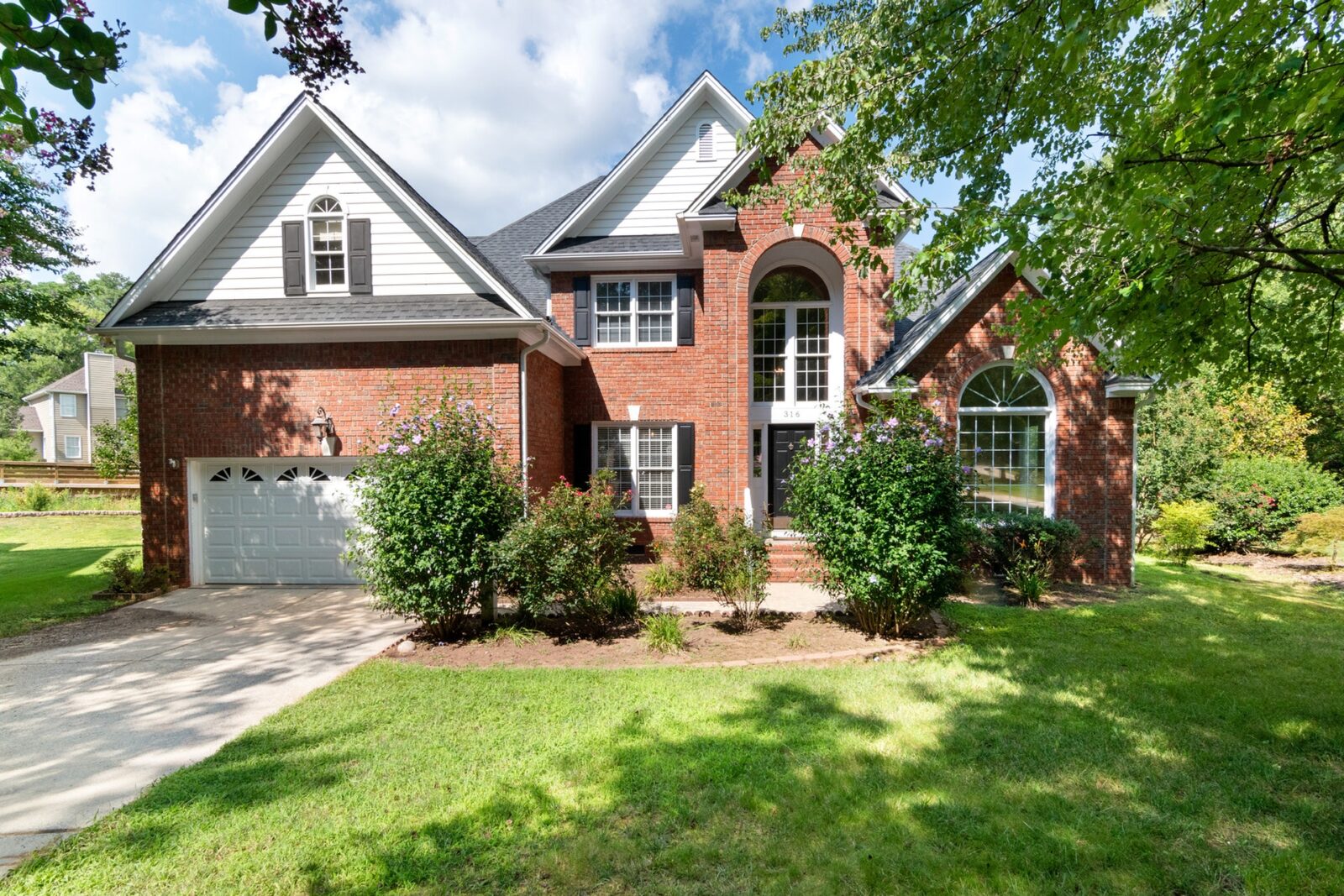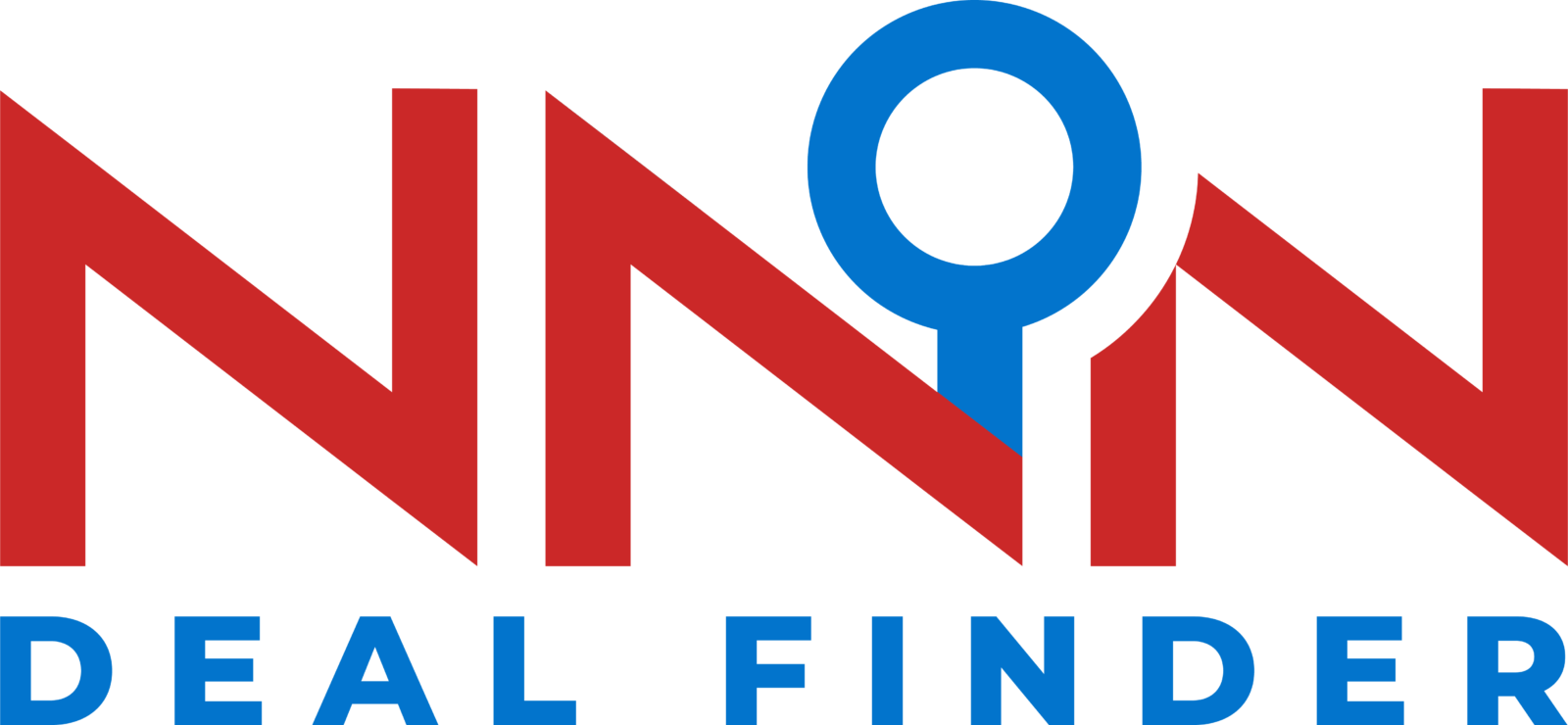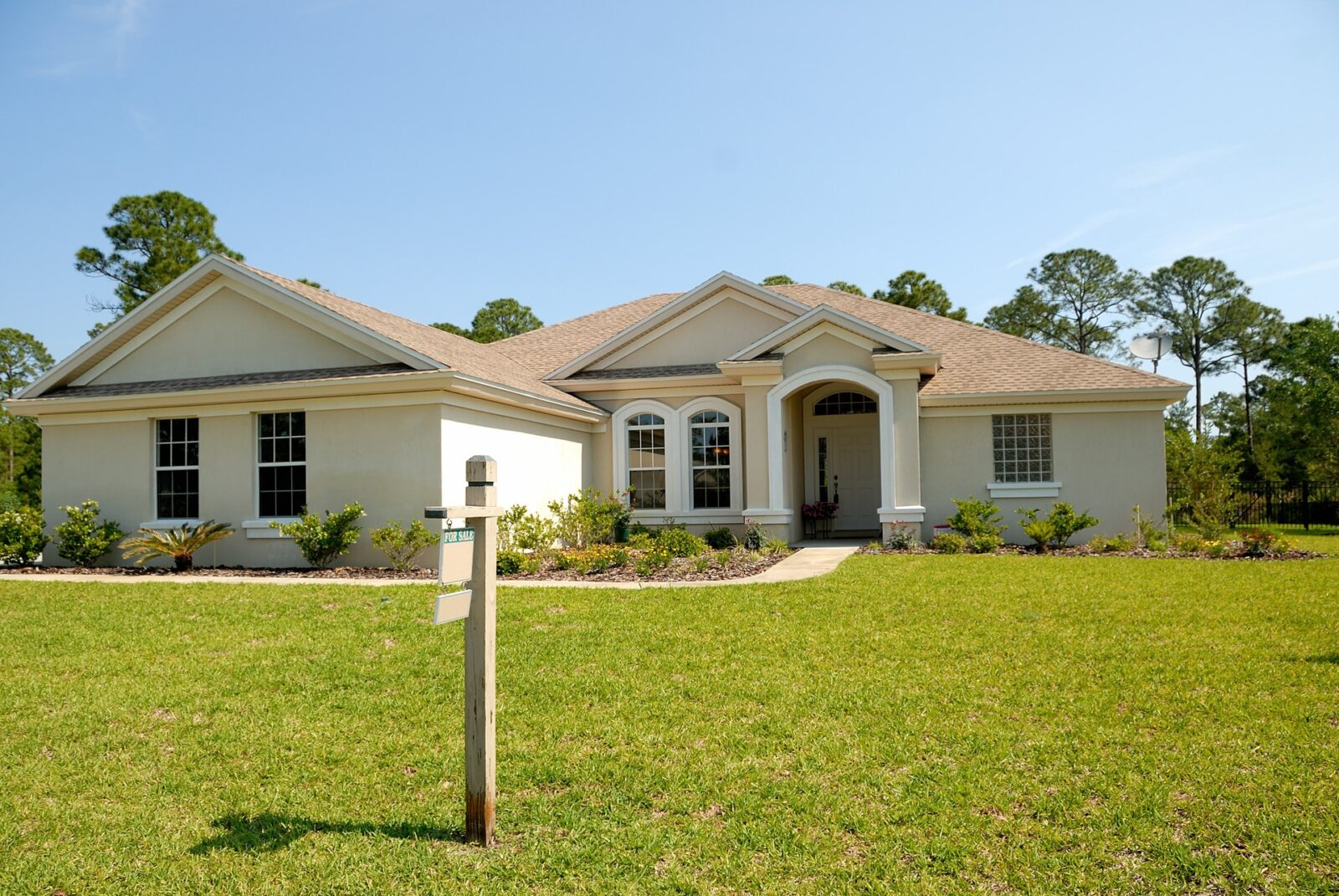While most financial analysts will answer no to this question, once you equip yourself with the proper knowledge, you’ll discover that there’s a way to go about it.
Technically, you can’t use a 1031 exchange to pay off a property you already own. Under a typical 1031 exchange, the taxpayer can defer income tax liability and capital gains by exchanging property for another like-kind replacement property as dictated by the Internal Revenue Service (IRS) for a specific period.
While there are strict rules set up for capital gains deferment to prevent tax fraud, the 1031 requirements, in a total tax deferment exchange, are arguably the most misunderstood.
Thus, as an investor, you must learn the rules before undertaking a tax-deferred exchange. That way, you can determine the potential for uncovering taxable assets.
As a taxpayer, you might be wondering if using 1031 funds to build on property you already own is possible. While we are tempted to say it’s not, all hope isn’t lost – there’s a way to get around it. Discover how by reading to the end!
The Napkin Test
Developed by Marvin Starr, a California tax attorney, the Napkin Test is a simple exercise used to compare the replacement and relinquished properties while determining if the taxpayer’s exchange property’s value in equity is up or not.
Simply put, the test examines the potential for non-like-kind property received in an exchange, commonly referred to as ‘boot’, to remove debt in tax deferred exchanges.
While the IRS accepts cash inclusion in the transaction, if there’s any decrease in debt resulting from the money taken out, the taxpayer faces tax consequences.
When using a 1031 exchange to pay for a property you already own, ensure you conduct the Napkin Test, or better still, seek professional assistance from a qualified intermediary.
Leasehold Improvement 1031 Exchange
One way to satisfy the Napkin Test is to use a leasehold improvement 1031 exchange, also called a build-to-suit exchange. Here, the taxpayer uses funds from the relinquished property to finance any ongoing construction on the replacement property before the 180-day exchange period elapses.
However, the leasehold improvement or build-to-suit exchange is a bit complicated because the IRS doesn’t consider any improvements to vacant land owned by the taxpayer suitable for tax deferral. The reasons are because the taxpayer can’t purchase their already existing property and labor and materials aren’t real property until used on the building or vacant land.
To get around this, investors give the property to a related party to hold for at least 180 days before the exchange. Here, the leasehold improvement exchange becomes necessary. Around six months before the transaction, the taxpayer must give the property to a related party who will, in turn, lease it to an Exchange Accommodation Titleholder (EAT) for more than 30 years. That way, it qualifies as real property.
The EAT improves the property with the money from the relinquished property’s sale. Before the 180-day exchange period lapses, the taxpayer receives the EAT’s interest in the improvement and ground lease as the replacement property.
On the other hand, the party concerned will charge the taxpayer a fair market rent pending the ground lease termination after a minimum of two years. The leasehold interest is referred to as real property, allowing the capital improvements on the property to become eligible for the 1031 exchange.
Before considering using 1031 funds to build on property you already own, ensure you understand the complex nature of leasehold improvement exchanges and familiarize yourself with the requirements.
It’s best to seek expert advice from a qualified intermediary or an exchange accommodator to learn how best to proceed with this intricate and challenging process.
How to Create a New, Separate Real Property Interest for Your Exchange

It’s possible to use a property owned to create a separate, new property interest you can adopt as your like-kind replacement. To understand this advanced build-to-suit exchange strategy without going against the Revenue Procedure and Private Letter Rulings from the IRS, you’ll need to be aware of the entire process.
Step by Step Guide to Creating a New, Separate Real Property Interest for Your Exchange
- A 1031 exchange starts with an investor contacting a qualified intermediary.
- The taxpayer presents complete copies of the Revenue Procedures and Private Letter Rulings.
- Relinquished property sale closes between 45 to 180 days from the moment the transaction begins.
- The qualified intermediary (QI) holds the 1031 exchange net proceeds (equity)
- Taxpayer identifies the like-kind replacement property with a more than 30 year lease and improvement within the 45 day identification period.
- The QI enters the Qualified Exchange Accommodation Arrangement (QEAA) with the investor and the EAT to obtain the like-kind replacement property with more than a 30-year lease and improvement.
- The QI uses the 1031 exchange proceeds to buy the like-kind replacement property with the over 30-year lease and improvement from the Exchange Accommodator Titleholder (EAT).
- The QI directs the EAT to transfer the title of the over 30-year lease and improvement and assign its titleholder ownership interest directly to the investor to complete the 1031 exchange.
- The investor establishes a new entity, usually a limited liability company (LLC), and owns a majority interest, while a related party holds the minority interest.
- The taxpayer will improve the real property.
- The EAT establishes a single-member limited liability company (Titleholder) to keep the like-kind replacement property’s title.
- The LLC leases the improved property to the EAT titleholder under a minimum 30 year lease at a fair market rate.
- The 30 years or more lease execution establishes a new real property interest previously non-existent.
- Taxpayer identifies a relinquished property during the 45 days of the titleholder entering the lease.
- The investor arranges funds or third-party financing for the EAT to cover the construction costs. This is separate from the 1031 exchange equity in the QI’s care.
- At this point, the investor has gotten a like-kind replacement property (the new real property interest held in a single-member LLC) and released the relinquished property to a third-party buyer.
- The LLC or related party entity continues to own the real property leased to the Titleholder, and for the specified years, the Titleholder will continue to rent out the real property from the LLC.
- The Exchange Accommodation Titleholder will enter into a Construction Management Agreement with the LLC and arrange for the real property’s improvement, increasing the lease and improved real estate value.
- Upon the improvement’s completion within the 180-day deadline, the investor will assign and transfer its rights under the Qualified Exchange Accommodation Agreement (QEAA) to the QI.
- The Qualified Intermediary (QI) will direct the EAT to transfer back the like-kind replacement property directly to the taxpayer by assigning the Titleholders ownership interest to them.
- The Qualified Intermediary handles this acquisition financing by transferring the 1031 exchange equity or proceeds to the EAT.
- Lastly, the EAT will pay the 1031 exchange equity to the construction manager to finance construction costs or offset any construction loan used in funding the new construction.
Can You Use Your Entire Exchange Proceed to Pay Off an Already Owned Property’s Mortgage?
Deferring taxes in a 1031 exchange means carrying the total equity from a relinquished property to acquire replacement property. Suppose, during the exchange, all or some of the 1031 exchange equity from the relinquished property goes into paying off any existing mortgage and the exchanger will attract tax exposure on the money received.
Even if the taxpayer gets a new replacement property that meets the mandatory debts and value requirements, the funds from the exchange used to pay off any associated debt will have tax exposure. However, you can complete the transaction using all the equity from a relinquished property’s disposition.
After completing the exchange, the investor should wait for a reasonable period before attempting a cash-out refinance and taking the proceeds to pay for the replacement property. Consult your tax agent to help you determine the amount of time to wait before attempting to refinance.
Paying Closing Costs With Exchange Funds: Possibility and Exemptions
The Internal Revenue Service stipulates that before an exchanger must pay for closing costs from a 1031 exchange fund, the costs need to be considered a Normal Transactional Cost. Also called Exchange Expenses, Normal Transactional Costs lead to an increase in basis and boot reduction. On the other hand, a Non Exchange Expense is a taxable boot.
If an exchanger wants to remove money from the exchange to pay for a Non Exchange Expense, they’ll owe taxes on the amount paid and must do so at the transaction’s closing. The bottom line is, taking out money for a Non Exchange Expense while the fund is still with the Exchange Facilitator might jeopardize the exchange.
How to Choose a Facilitator for Your 1031 Exchange

While preparing for your 1031 exchange, ensure to work with an exchange facilitation company. Consider checking online for names of reputable facilitators or ask your attorney, escrow companies, real estate agents, or CPAs.
Facilitators shouldn’t double as agents and QIs. On the other hand, real estate agents, attorneys, and escrow companies are agents and thus shouldn’t serve as facilitators.
Ask the facilitator about the assistance they provide when problems arise during the transaction and the procedures employed in the exchange. It’s best if you don’t allow the price to be the qualifier.
Final Thoughts
Typically, a 1031 exchange involves exchanging relinquished properties with like-kind replacement properties. However, as an investor considering using 1031 funds to build on property you already own, you must equip yourself with the proper knowledge or work with a knowledgeable QI who can guide you through the steps.
Nobody enjoys paying taxes, especially if there’s a way to avoid it. Investors wishing to take advantage of the IRS section 1031 will need to be appropriately guided on the process to avoid getting taxed after all their effort due to a wrong move. Are you a new investor wishing to enjoy the benefits of a 1031 exchange? Contact Dwaine Clarke of NNN Deal Finder today to get started.

